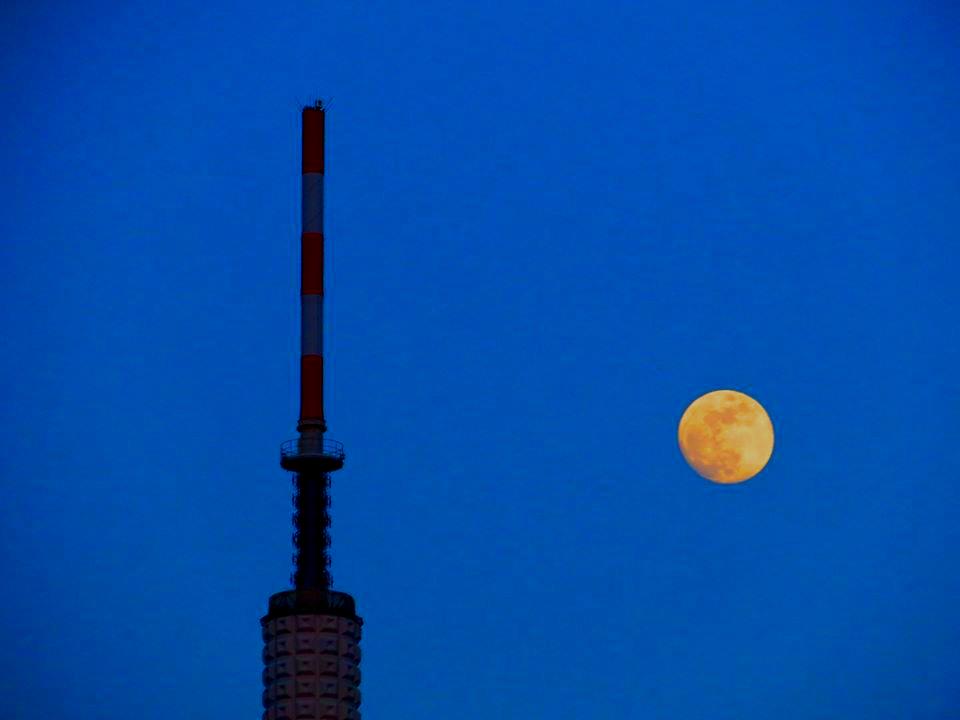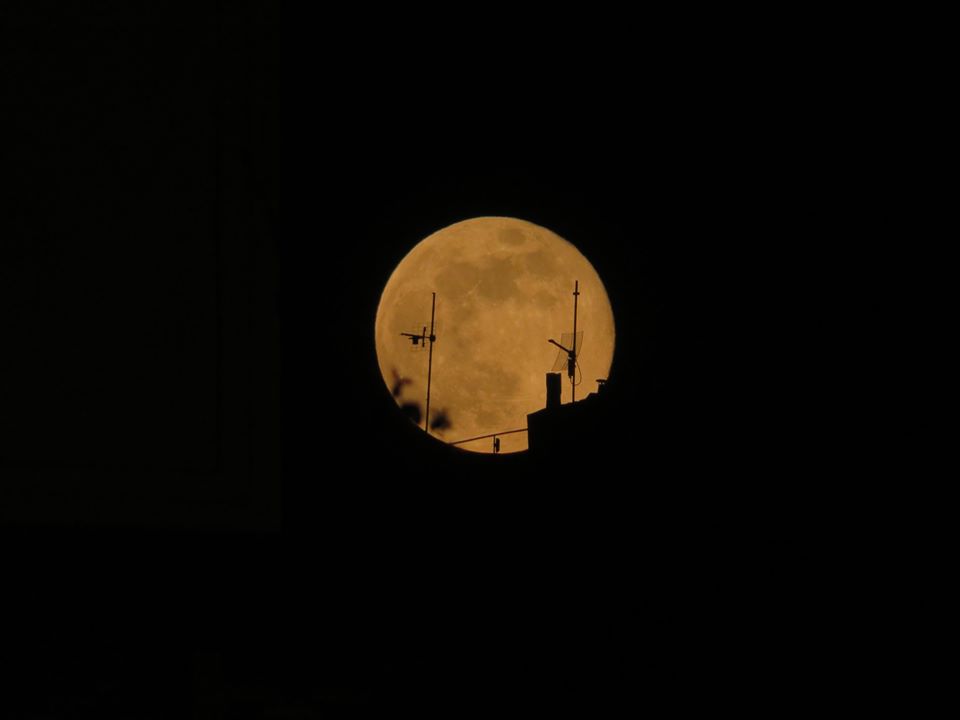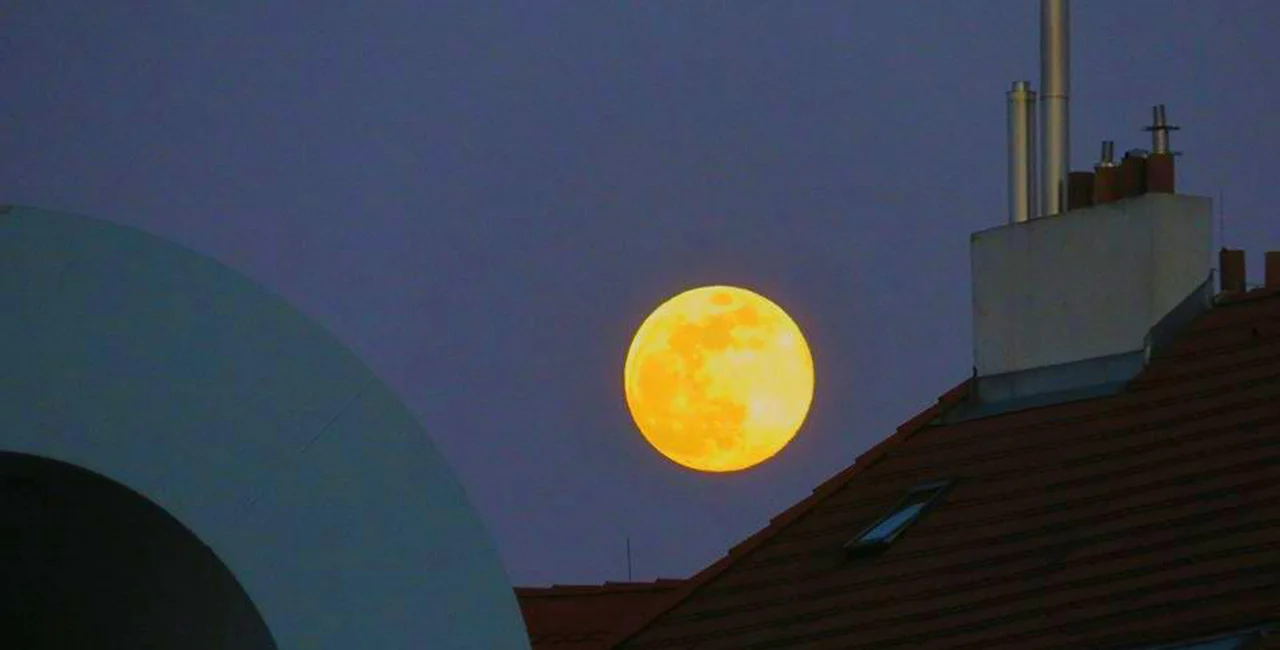When it comes to the night sky, 2020 is a bit disappointing. There are just two penumbral lunar eclipses, and no solar eclipses visible from Prague. There are, however, 13 full moons, two supermoons and a blue moon. The sun was at its closest to the earth already on January 5.
A penumbral lunar eclipse on January 10 is the first major celestial event of 2020. The moon will pass through the earth’s secondary shadow between 6:07 pm and 10:12 pm, reaching its peak at 8:10 pm. The moon will simply get a bit darker than normal. It won’t turn red, as it does with a full lunar eclipse.
The second penumbral
lunar eclipse takes place June 5, starting at 8:53 pm and ending at
11:04 pm, peaking at 9:24 pm.

The supermoons, when
the full moon appears larger than normal, take place March 9 on the
worm moon and April 7 on the pink moon. The one in April will be the
largest, as the moon will be at its closest all year.
The blue moon, using the popular definition as the second full moon in the same month, takes place on October 31. After this one, the next Halloween blue moon, likely to be called a “boo moon” by sky pundits, will occur in 2039. The moon doesn’t look any different. It is just rare that a single month has two full moons. The previous occurrence was March 31, 2018.
An older definition
for a blue moon is the third full moon out of four in one season.
There isn’t one of these in 2020. The next one will be August 22,
2021.

The 13th full moon of the year will occur December 29. Most years have 12 full moons, with one each month. There are seven years with 13 moons out of every 19 years. The next will be in 2023.
Other significant
events won’t be visible for Prague. An annular solar eclipse on
June 21 will be visible across parts of Africa and Asia, and just a
partial eclipse can be seen that day in Italy and the Balkans. A
total solar eclipse will take place December 14, mostly over the
southern oceans, Chile and Argentina. There are also two other
penumbral lunar eclipses not visible from Prague.












 Reading time: 2 minutes
Reading time: 2 minutes 
























